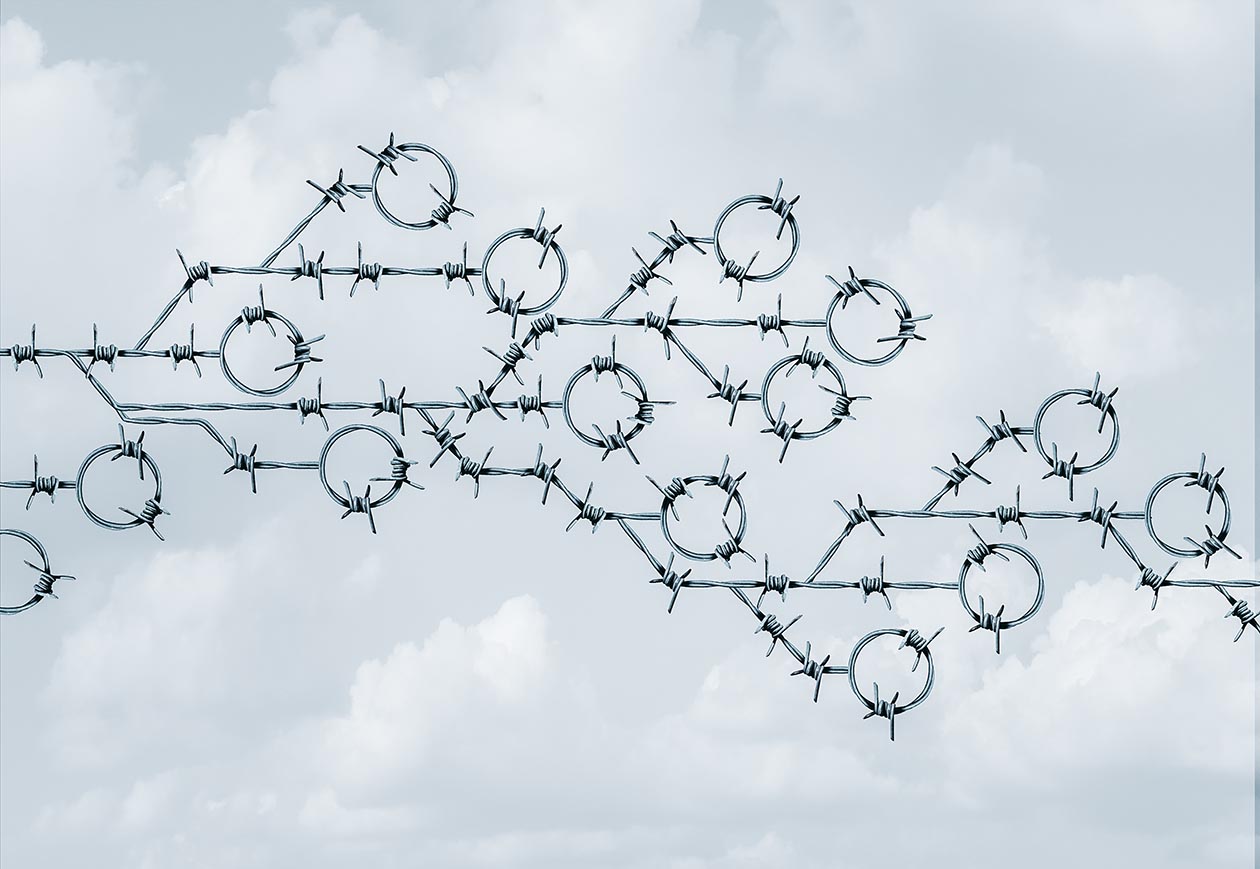3 Tips for Your eDiscovery Action Plan
EDiscovery is key in building your “perfect world” archive
Key Points
- Constantly reacting to litigation events is risky and expensive for organizations.
- While it can be time-consuming and challenging, managing at least a part of an organization's e-discovery process “in-house” can greatly reduce costs.
- Mimecast Cloud Archive delivers a centralized repository to support long-term preservation with infinite storage so that your digital corporate memory is always intact and available at a moment’s notice.
Ever think about what would happen if you challenged the status quo of legacy compliance and e-discovery solutions and thought about your readiness plans more proactively? Would it mean:
- Less costly outsourcing?
- More time for your day job?
- Fewer headaches?
At Mimecast, we’ve put a lot of strategic thinking and investment behind what our customers tell us a “perfect world” archive looks like. We’ve heard loud and clear that the game of constantly reacting to litigation events is risky and expensive. We know that while it can be time-consuming and challenging, managing at least a part of an organization's e-discovery process “in-house” can greatly reduce costs.
With that said, it’s a good time to reevaluate your e-discovery action plan, who’s involved, and what’s at stake. Gaining better control over your data and budget is the ultimate goal, especially when the clock is ticking. A good place to start is with three simple questions:
Who Is Responsible for E-Discovery?
E-discovery readiness spans legal, IT, and business stakeholder concerns, and can also unify and align with archiving and data management strategies. Educating cross-functional stakeholders across legal, IT, security and compliance will be required. Policy decisions should be made based on the legal, compliance, and access requirements of relevant data. Start a dialogue about your organization’s risk profile as well as how you can team together to get more value from your information to enable real-time decision-making and help you determine your case strategy earlier in the litigation process.
What Tools Do I Need for E-Discovery?
Very few organizations, or vendors for that matter, can solve the entire end-to-end electronic discovery process. Start with an integrated archive solution with purpose-built e-discovery features to simply get an edge on early case assessments. Specifically, addressing the identification, preservation, and collection portions of the e-discovery process with in-house tools. This leads to fewer outsourced costs down the line.
For example, a lack of information management across the enterprise leads to repository glut, translating to more time spent searching for potentially relevant content. The bottom line is that retaining data that is not subject to retention by law or to the running of the business can pose a huge cost liability in e-discovery. The last thing you want to do is pay an attorney by the hour to review duplicate or unresponsive data. The review portion is the single most expensive part of the process, accounting for up to 70% of total e-discovery costs. In-house archiving tools that offer retention, collection, and first pass review should be positioned to bring immediate ROI back to your organization.
Where Do I Archive the Data for E-Discovery?
Organizations lacking a data map are often unaware of what content they have, who owns it, and how many copies exist. With data being aggregated from emails, attachments, files, social media, and enterprise collaboration systems, it’s safe to say you need a smarter method to bring data under control. A cloud archive solution can also help you build a data map of all electronically stored information sources, often the first step in performing early case assessments. More importantly, it can contain retention and search into a secure, centralized repository to support long-term preservation, with infinite storage. This means your digital corporate memory is always intact and available at a moment’s notice.
The Bottom Line
One thing is certain: the cost and risk of e-discovery are directly related to how efficiently you and your employees manage your organization’s information. We know it’s difficult to evolve with today’s changing landscape and future-proof your e-discovery strategies against this new digital era. In a perfect world, this means looking at your e-discovery challenges more proactively to control cost and risk. Learn more about how Mimecast can help.
**This blog was originally published on July 31, 2017.
Subscribe to Cyber Resilience Insights for more articles like these
Get all the latest news and cybersecurity industry analysis delivered right to your inbox
Sign up successful
Thank you for signing up to receive updates from our blog
We will be in touch!

